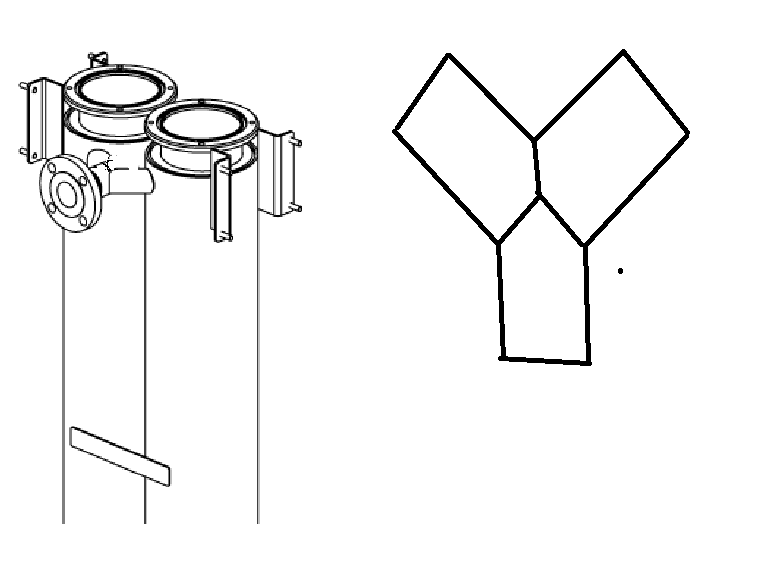CSunny
Mechanical
- Jun 1, 2022
- 21
I need to design a Y fitting that acts as a nozzle to connect two pressure vessels. All 3 sections of the Y is to be made of 2" SS304 pipe. Which part of the ASME code should I use to do the design calculations for this Y ?
Thanks

Thanks

